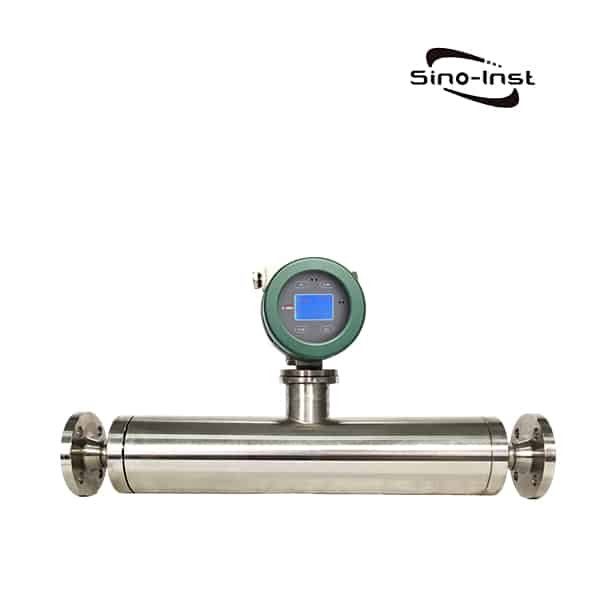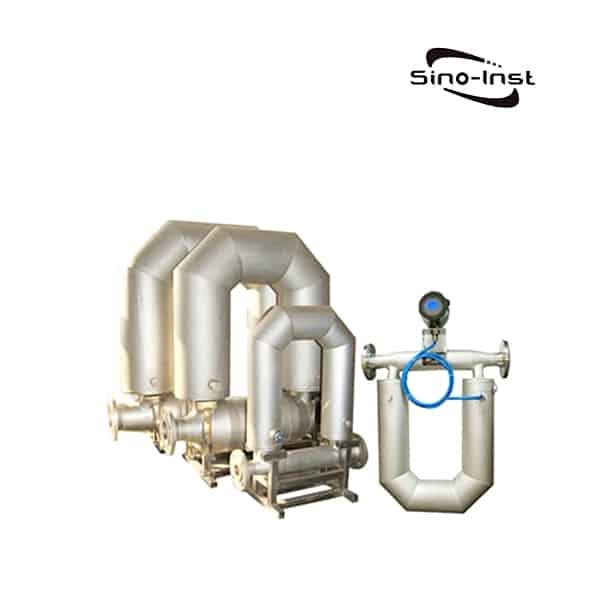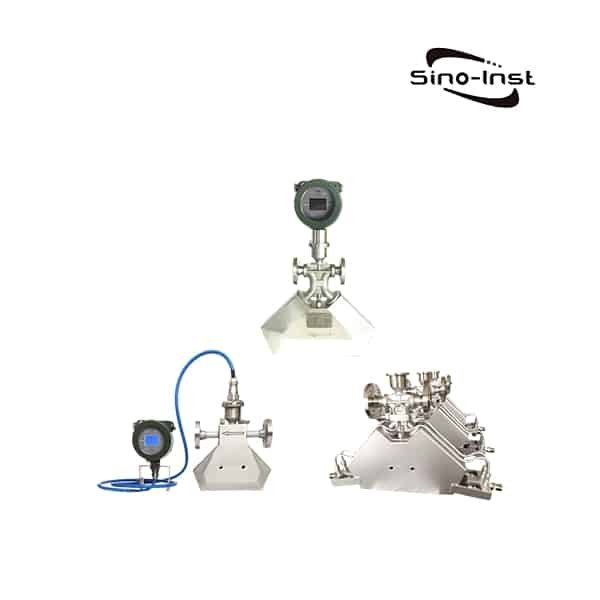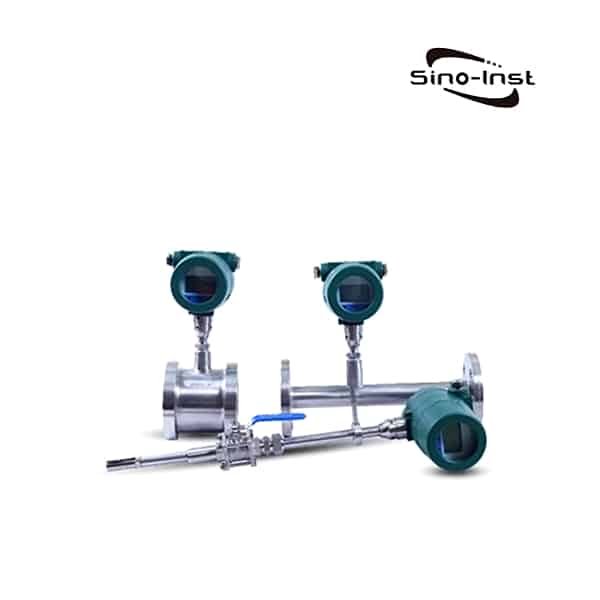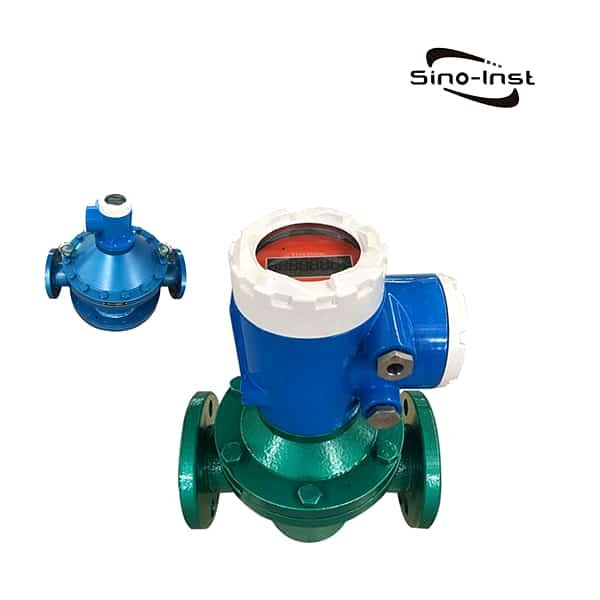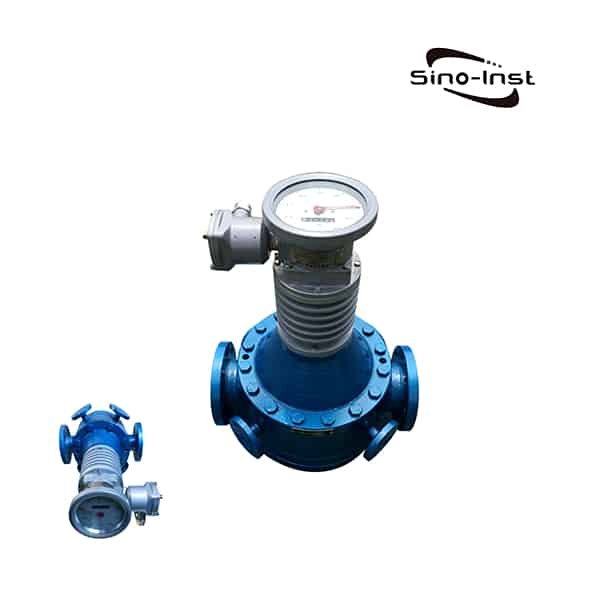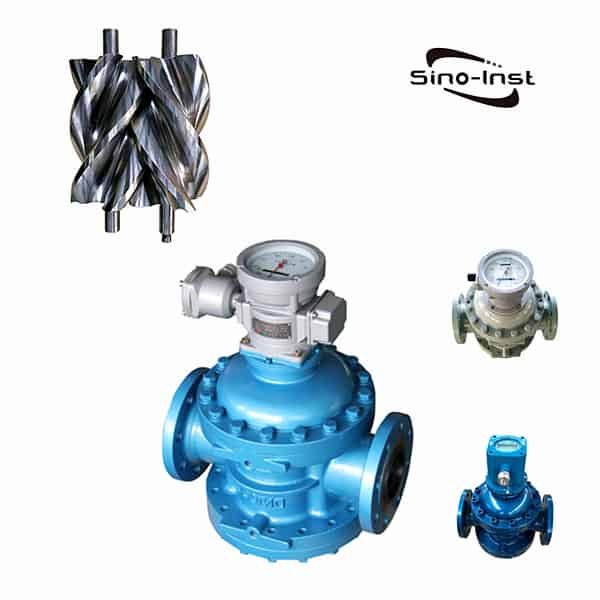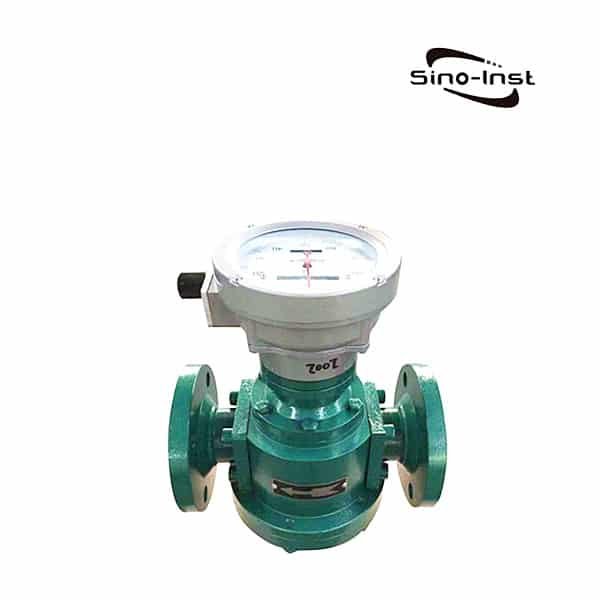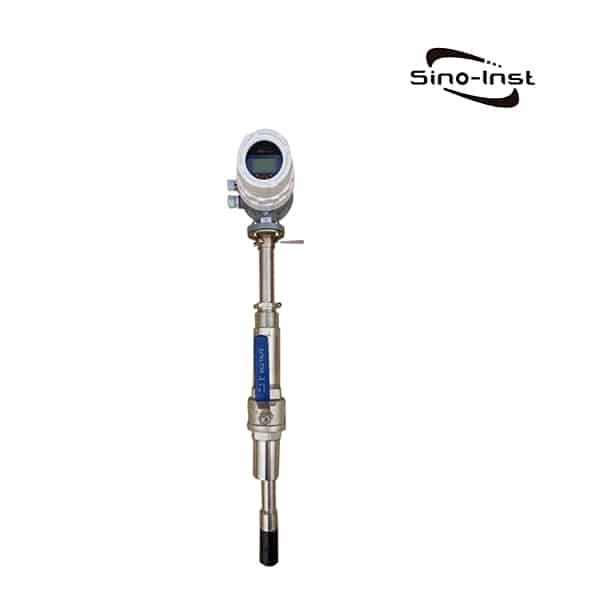Invert the low & high range limits for the measurement output settings
Related Tools
User Guide
This current to measurement conversion tool will convert an electrical signal within the range of 4 to 20 milliamps to the ideal reading of any linear measurement type and create an incremental milliamp conversion scale for each measurement range entered.
Formula
This tool uses the following formula to calculate the the measurement reading output from a current signal input over a 4-20mA range:
Measurement Rdg = Low Limit + (High Limit – Low Limit) x (mA out -4) / 16
Parameters
Current Loop Signal (4-20mA) Reading
Add the current loop signal reading in milliamps (mA) between 4 and 20 mA that you want to convert.
Measurement Unit
Enter the measurement unit associated with the output values.
Lowest Measurement
Add the minimum possible value for the measurement range of your instrument. For example zero would be a typical value for most instrumentation but you can also add negative (-) or positive (+) values as well. A value in any engineering units can be used as long as it relates to a linear measurement, and the same unit is used for the Highest value.
Highest Measurement
Add the maximum possible value for the measurement range of your instrument, e.g. full scale or full range. This value can be negative (-) or positive (+). Any engineering units can be used as long as it relates to a linear measurement, but the same unit must be used for the Lowest value.
Measurement Reading – Answer
This is the ideal converted measurement for your instrument and therefore represents a perfect reading excluding the measurement uncertainty error of your instrument. The answer value is displayed in the same engineering unit that you entered for the Lowest and Highest range points.


